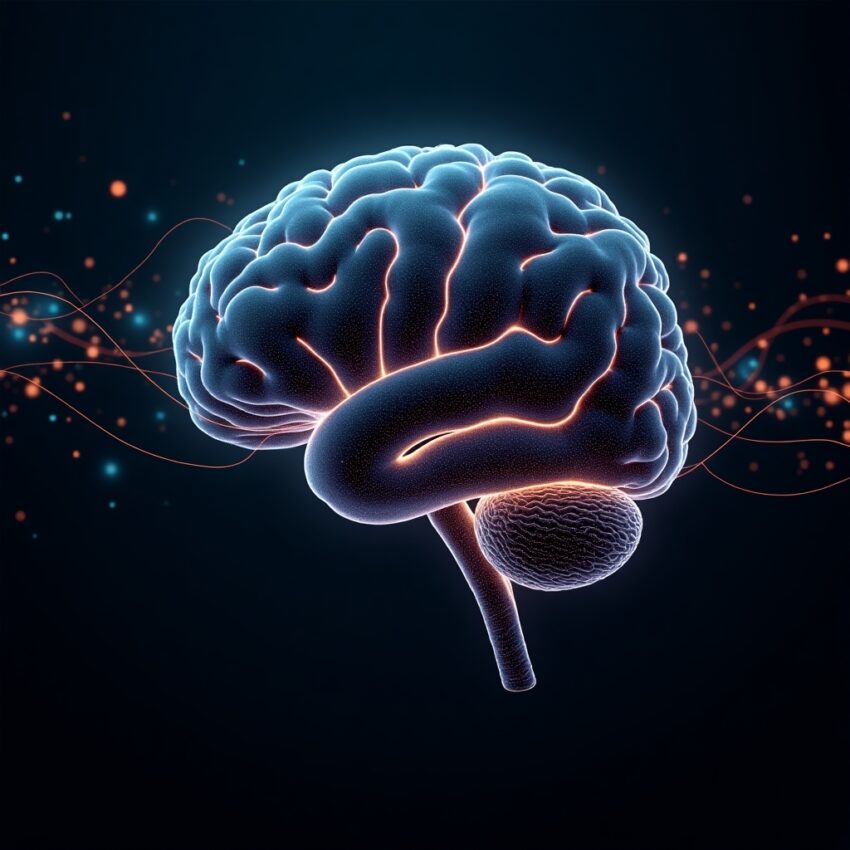In a groundbreaking development, scientists at the Massachusetts Institute of Technology’s Computer Science and Artificial Intelligence Laboratory (CSAIL) have introduced a novel artificial intelligence model that emulates the oscillatory patterns observed in the human brain. This innovative approach aims to enhance the processing of long-sequence data in machine learning applications.
Table of Contents
- The Challenge of Long-Sequence Data
- Introducing LinOSS
- Performance and Applications
- Future Prospects
The Challenge of Long-Sequence Data
Traditional AI models often struggle with analyzing complex information that evolves over extended periods, such as climate patterns or financial trends. Existing state-space models can be unstable or computationally intensive, limiting their effectiveness in processing long-sequence data.
Introducing LinOSS
To address these limitations, CSAIL researchers Konstantin Rausch and Daniela Rus developed the Linear Oscillatory State-Space model (LinOSS). Drawing inspiration from forced harmonic oscillators—a concept rooted in physics and observed in biological neural networks—LinOSS offers stable and computationally efficient predictions without imposing restrictive conditions on model parameters.
Performance and Applications
Empirical testing has demonstrated that LinOSS consistently outperforms existing models in various complex classification and sequence prediction tasks. Notably, it surpassed the widely used Mamba model by nearly twofold in scenarios involving extremely long data sequences. This advancement holds significant promise for fields requiring accurate long-term forecasting and classification, including healthcare analytics, climatology, autonomous driving, and financial prediction.
Future Prospects
The researchers plan to apply LinOSS to a broader range of data modalities. Additionally, they anticipate that LinOSS could provide valuable insights in neuroscience, potentially deepening our understanding of brain function.

